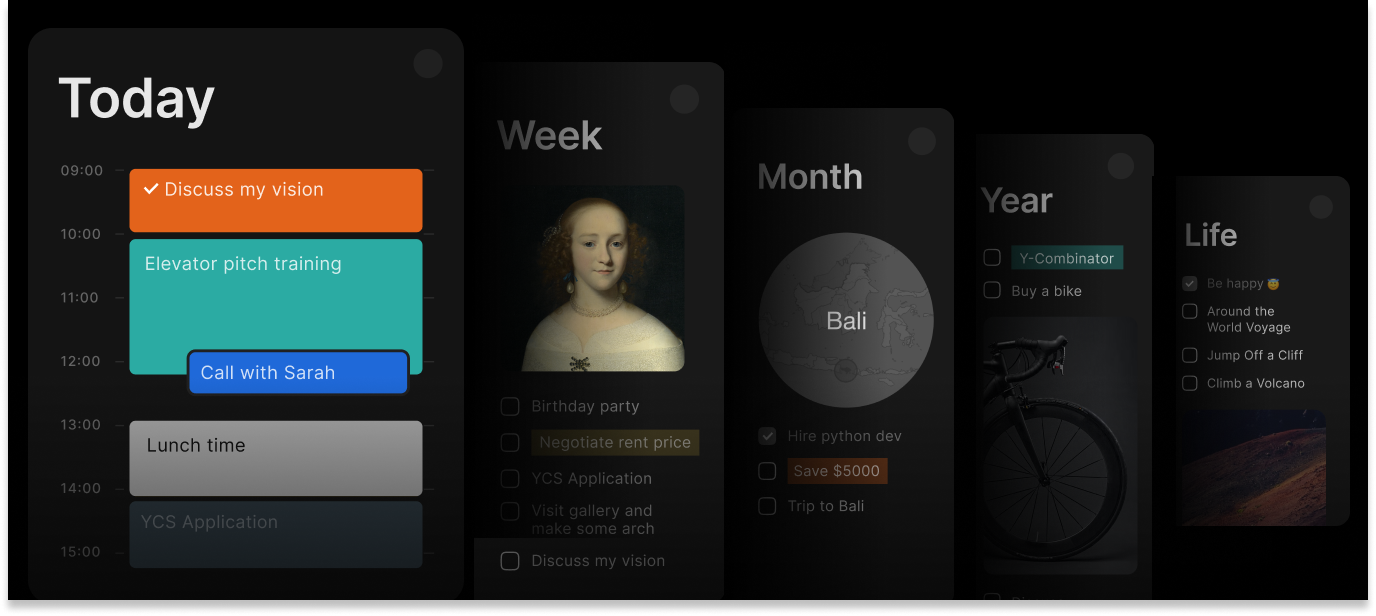The Dark Side of Asynchronous Collaboration

The hidden costs of async work that productivity gurus won’t tell you
A year ago, I was the poster child for asynchronous collaboration. I evangelized Slack threads, celebrated async video messages, and proudly declared that meetings were dead. My calendar was blissfully empty, my deep work sessions uninterrupted, and my productivity metrics soared. I thought I’d found the holy grail of modern work.
Then reality hit, and it hit hard.
My One-Year Journey Into Async Hell
By Vera Tarasova, Former Remote Work Advocate and Current Enthusiast of In-Person Meetings
The turning point came on a Tuesday morning when I discovered that my team had been spinning their wheels for three days on a problem I could have solved in a five-minute conversation. The async trail looked like this: initial question in Slack (4-hour delay), clarifying response (8-hour delay), follow-up questions (overnight delay), partial answer (6-hour delay), more confusion (12-hour delay because of weekend), and finally escalation to me on Monday.
What should have been a quick sync became a week-long comedy of errors, all in the name of “respecting everyone’s deep work time.”
That’s when I started questioning everything about asynchronous collaboration.
The Loneliness Epidemic Nobody Talks About
Async work advocates love to tout the productivity gains, but they conveniently ignore the human cost. After six months of pure async collaboration, I felt like I was working in a digital ghost town. My colleagues became usernames and avatar pictures. The spontaneous hallway conversations, the quick brainstorming sessions, the simple human connection of working alongside others – all gone.
The silence was deafening. My home office became a isolation chamber where I’d go entire days speaking only to my cat. Sure, I was “productive,” but I was also slowly losing my mind.
Research backs this up: remote workers report 25% higher rates of loneliness compared to office workers. But somehow, this critical detail gets buried under all the async productivity propaganda.
The Myth of “Better Decision Making”
Async evangelists claim that delayed communication leads to more thoughtful responses. In my experience, it often leads to overthinking paralysis and decision fatigue.
Context Switching: The Hidden Productivity Killer
Here’s what the async playbook doesn’t tell you: constant context switching between different async conversations is mentally exhausting. My workday became a game of digital whack-a-mole, jumping between Slack threads, email chains, project management updates, and document comments.
Each async conversation required me to reload the context, remember where we left off, and mentally reconstruct the decision-making process. By the end of the day, I felt like I’d run a mental marathon without actually completing any meaningful work.
The irony? Async collaboration, marketed as the solution to interruptions, created a new form of constant interruption – just spread out over time.
The Documentation Trap
“Document everything!” the async gurus proclaim. What they don’t mention is that documentation becomes an end in itself, consuming more time than the actual work.
I spent more time updating project status, writing detailed async messages, and maintaining knowledge bases than I did on core deliverables. The documentation overhead became so overwhelming that I needed additional tools to manage my tools for managing my work.
The worst part? Most of these carefully crafted documents were read by nobody and became outdated within weeks. We were creating digital paperwork that served no one but gave everyone the illusion of productivity.

When “Flexible” Becomes “Always On”
Async collaboration promises flexibility, but it often delivers the opposite. Without clear boundaries, async work expands to fill all available time. Messages trickle in at all hours, and the expectation to respond “when convenient” creates a constant low-level anxiety.
I found myself checking chats at 11 PM, responding to “non-urgent” messages during weekends, and feeling guilty for not contributing to async discussions during my supposed downtime. The flexibility became a prison where I was always partially working but never fully present anywhere.
The Innovation Killer
Perhaps the most damaging aspect of pure async collaboration is how it stifles innovation. Breakthrough ideas rarely emerge from carefully planned async discussions. They come from spontaneous conversations, unexpected connections, and the creative friction of real-time collaboration.
In my async-first environment, brainstorming sessions became sterile document collaboration exercises. The magic of building on each other’s ideas in real-time was lost. Innovation requires a certain messiness and spontaneity that async work systematically eliminates.
The Relationship Deficit
Professional relationships aren’t built through perfectly crafted async messages. They’re forged through shared struggles, spontaneous humor, and the thousand small interactions that happen when humans work together in real-time.
After a year of async collaboration, I realized I didn’t really know my colleagues as people. I knew their communication styles and their async personas, but I had no idea who they were beyond their carefully curated digital presence.
Trust, which is essential for effective teamwork, requires more than just reliable async responses. It requires the vulnerability and authenticity that come from unscripted human interaction.
The Timezone Tyranny
Async advocates claim their approach solves timezone challenges, but it often creates new problems. Important decisions get delayed indefinitely as they bounce between timezones. The person in the “worst” timezone becomes a bottleneck, and some team members become second-class citizens whose input is systematically delayed or overlooked.
I watched projects stall for days waiting for input from team members in inconvenient timezones, all while maintaining the fiction that async collaboration makes location irrelevant.
Finding the Balance
I'm not advocating for a return to meeting-heavy, always-synchronous work. The pre-async world had its own problems. But the pendulum has swung too far in the other direction, and we need to find a middle ground.
The best teams I work with now use what I call "strategic synchronous moments" – planned real-time interactions for high-impact activities like brainstorming, problem-solving, and relationship building, combined with async execution for routine work.
They recognize that not everything can or should be async. Complex decisions, creative work, and team building require the bandwidth and immediacy that only real-time collaboration can provide.
The Bottom Line
Asynchronous collaboration is a tool, not a religion. Use it strategically, but don’t sacrifice your humanity on the altar of async productivity. The most successful teams are those that master the art of knowing when to go async and when to come together.
Your mileage may vary, but for me, the most productive and fulfilling work happens in the spaces between purely synchronous and purely asynchronous collaboration. It’s messier, less predictable, and definitely less “optimized.”
But it's also more human.
Read next

Ready to find your own balance between sync and async work?
Stop forcing every interaction into an async box and start designing workflows that serve humans, not productivity metrics.
Get Started

